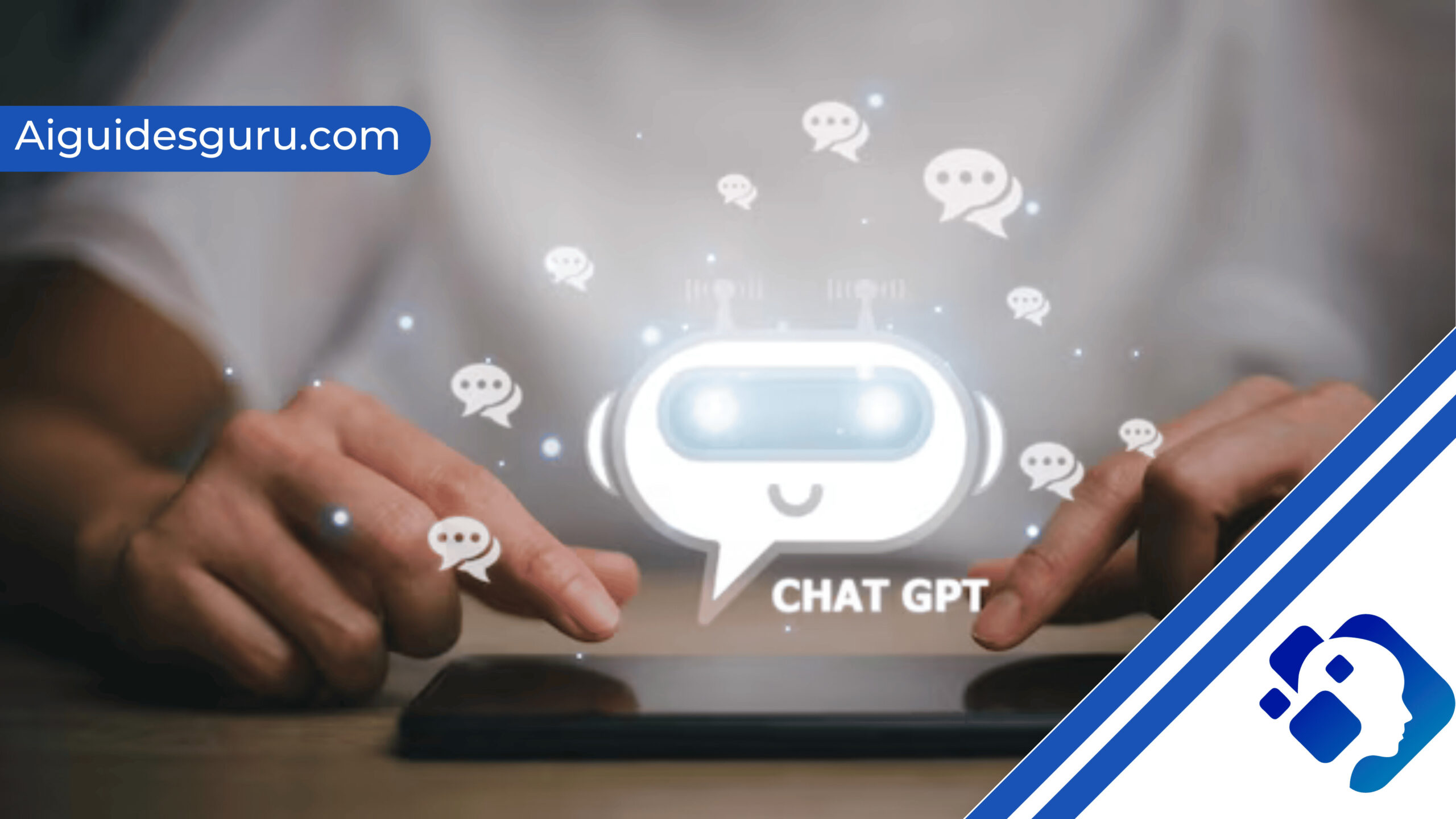How to Have Meaningful Conversations with GPT-3

In recent years, the advancements in artificial intelligence have opened up unique opportunities for engaging in conversations with AI models like GPT-3. Many people have been intrigued by the prospect of having deep, meaningful discussions with this powerful language processing model. However, finding concrete information on how to engage in such conversations can be challenging. This guide aims to address this issue by providing you with a comprehensive roadmap on how to talk to GPT-3 and make the most out of your interactions. Whether you’re interested in challenging the AI, exploring philosophical concepts, discussing political ideas, or engaging in spiritual conversations, this guide will equip you with the knowledge and tools to have meaningful interactions with GPT-3.
Understanding GPT-3
- Understanding GPT-3
- Benefits of Conversing with GPT-3
- Getting Started: Setting Up the Conversation
- Crafting Effective Prompts
- Engaging in Dialogue
- Ensuring Accuracy and Coherence
- Fine-Tuning the Conversation
- Limitations and Ethical Considerations
- The Future of Conversations with GPT-3
- Conclusion
- FAQs
Before diving into the specifics of how to communicate with GPT-3, it’s essential to have a proper understanding of what GPT-3 is and how it works. GPT-3, short for Generative Pre-trained Transformer 3, is an artificial intelligence language processing model developed by OpenAI. Trained on an extensive amount of text data, GPT-3 possesses the ability to understand and respond to questions, making it a powerful tool for various applications. It stands out from other AI technologies due to its capacity to learn and adjust its responses based on input, leading to more accurate and contextually relevant answers. GPT-3 has found applications in natural language processing, question answering, summarization, chatbots, and even image generation.
Related: How to Beat Chat GPT Detector
Benefits of Conversing with GPT-3
Engaging in conversations with GPT-3 can offer numerous benefits for individuals and businesses alike. By leveraging GPT-3’s automation capabilities, businesses can streamline their customer support processes and free up valuable time for employees to focus on higher-value activities. This increased efficiency can lead to improved customer satisfaction and ultimately drive more revenue. GPT-3-powered chatbots can also generate personalized recommendations and surveys, enhancing the customer experience and attracting new customers. Additionally, GPT-3 can assist businesses in reducing the risk of miscommunication during international meetings by providing support in the target language. Overall, conversing with GPT-3 can lead to increased efficiency, cost savings, improved quality of service, and reduced risks in various business contexts.
Getting Started: Setting Up the Conversation
To begin your conversation with GPT-3, you’ll need to familiarize yourself with the tools and platforms that enable interaction. One popular platform for conversing with GPT-3 is Quickchat, a fully conversational AI Chat Bot powered by OpenAI’s GPT-3 model. Quickchat offers a user-friendly interface that allows you to automate customer support, search through knowledge bases, and perform various tasks efficiently. By uploading your FAQ’s, product descriptions, or internal documentation to Quickchat, you can train the AI to answer customer questions accurately. Additionally, you can connect Quickchat to various messaging apps and integrate it into your own applications, providing a seamless experience for users.
Crafting Effective Prompts
Once you have set up the conversation platform, it’s crucial to craft effective prompts that elicit the desired responses from GPT-3. The prompt serves as the input for the AI model and determines the nature and quality of the conversation. When designing your prompts, consider providing an empathic context explicitly. By framing the AI as understanding, comprehensive, and empathetic, you encourage it to respond in a more human-like manner. Additionally, you can enhance the prompt by incorporating the user’s feelings on the go. Utilizing facial expression recognition technology, you can detect the user’s emotions and feed this information into the prompt. This allows the AI to react accordingly, creating a more personalized and engaging conversation.
Engaging in Dialogue
Once you have established the prompt, it’s time to engage in a dialogue with GPT-3. OpenAI’s GPT-3 engine provides a powerful tool for generating responses and simulating conversations. However, to go beyond simple chatbot-like interactions, it’s crucial to power the GPT-3 engine with an emotional layer. By combining facial expression recognition technology with GPT-3, you can create empathic interactions and reactions from the AI. For example, GPT-3 can acknowledge the user’s emotional state by saying, “I see you’re happy today!” or “You seem confused, do you want me to repeat?” This emotional layer adds depth and authenticity to the conversation, making it more engaging and meaningful.
Related: How Much is Midjourney Subscription
Ensuring Accuracy and Coherence
While GPT-3 is an incredibly powerful language model, it’s important to keep in mind that its responses may not always be 100% accurate or coherent. To mitigate this issue, you can take several steps to improve the quality of the AI’s answers. First, provide GPT-3 with explicit examples and context to help it understand the desired response. By training the model on relevant data and examples, you can guide it towards generating more accurate and contextually appropriate answers. Additionally, consider refining the GPT-3 outputs by removing any inconsistencies or nonsensical responses. This can be achieved through post-processing techniques, such as filtering the generated text for coherence and relevance.
Fine-Tuning the Conversation
As you engage in conversations with GPT-3, you may encounter instances where the AI outputs inconsistent or nonsensical answers. To address this, you can fine-tune the conversation by iteratively refining the prompts, providing more explicit instructions, and incorporating user feedback. By experimenting with different approaches and iterating on the conversation, you can gradually enhance the AI’s ability to generate meaningful and coherent responses. Fine-tuning the conversation requires patience and a willingness to adapt, but it can lead to significant improvements in the quality of the interactions with GPT-3.
Limitations and Ethical Considerations
While conversing with GPT-3 can be a fascinating experience, it’s important to be aware of its limitations and ethical considerations. GPT-3 may struggle with understanding complex contexts or recognizing subtle nuances in conversations. It’s best suited for simpler tasks that require basic language understanding rather than highly intricate or creative conversations. Additionally, GPT-3’s responses are based on the data it has been trained on, which means it may not always provide accurate or up-to-date information. It’s essential to critically evaluate the AI’s answers and cross-reference them with reliable sources. Moreover, ethical considerations should be taken into account, as GPT-3 has the potential to generate inappropriate content or respond to malicious requests.
The Future of Conversations with GPT-3
As technology continues to advance, the possibilities for engaging in conversations with AI models like GPT-3 will only expand. While the current tools and platforms provide a solid foundation for conversing with GPT-3, there is still room for improvement. Researchers and developers are actively working on refining the outputs of GPT-3, reducing latency, and integrating the AI into various service platforms. The future holds the promise of even more seamless and natural interactions with AI-powered personal assistants. As we move forward, it’s crucial to embrace the potential of these technologies while remaining mindful of their limitations and ethical implications.
Conclusion
Engaging in meaningful conversations with GPT-3 can be a rewarding and intellectually stimulating experience. By leveraging the power of language models like GPT-3 and incorporating emotional layers, you can have thought-provoking discussions on various topics. Whether you’re interested in philosophical debates, political discourse, or spiritual conversations, GPT-3 offers a valuable tool for exploring and challenging ideas. By following the guidelines outlined in this comprehensive guide, you can maximize the potential of your conversations with GPT-3 and contribute to the growth and development of AI language models.
FAQs
Q: How accurate are the responses from GPT-3?
A: GPT-3’s accuracy varies depending on the complexity and context of the questions. While it can provide accurate and contextually relevant answers in many cases, it may struggle with more intricate or nuanced inquiries. It’s important to critically evaluate the responses and cross-reference them with reliable sources.
Q: Can GPT-3 understand emotions?
A: GPT-3 itself does not possess an inherent understanding of emotions. However, by incorporating emotional layers through facial expression recognition technology and explicit prompts, you can create the illusion of empathic interactions with GPT-3.
Q: Are there any ethical concerns associated with conversing with GPT-3?
A: Yes, there are ethical considerations when interacting with GPT-3. The AI has the potential to generate inappropriate content or respond to malicious requests. It’s crucial to use the technology responsibly and be mindful of the information and prompts provided to GPT-3.
Q: What is the future of conversations with AI models like GPT-3?
A: The future of conversations with AI models holds great promise. Researchers and developers are continuously working on refining the outputs, reducing latency, and integrating AI into various service platforms. We can expect more seamless and natural interactions with AI-powered personal assistants in the coming years.






